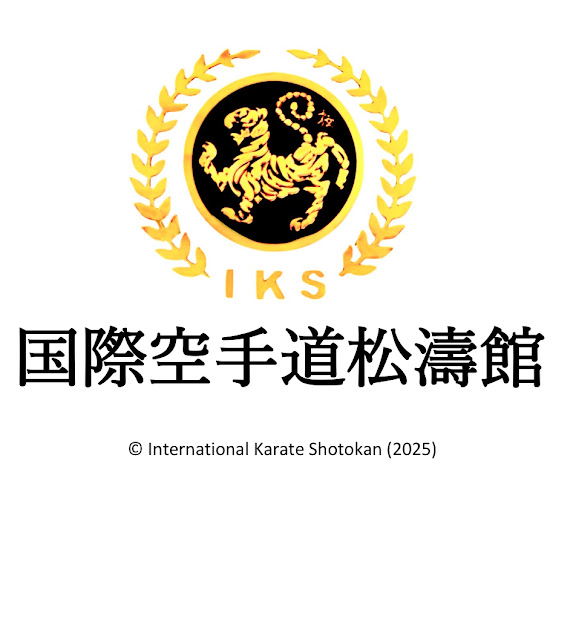Today I'd like to highlight the definition of 'TRUE KARATE' as defined by Nakayama Masatoshi Sensei. Needless to say, he was my teacher's 'Sensei' and the successor of Master Funakoshi Gichin, father of modern-day Karate-Do and the Shotokan style. For many now, this definition is not relevant. And Nakayama Sensei prophetically foresaw this. Asai Tetsuhiko Sensei also held to this view and, needless to say, saw it unfold.
To summarize, Nakayama Sensei is defining 'WHAT KARATE REALLY IS', and how it is rarely practiced now. Even if you have read this, many times before, keep in mind this definition in relation to contemporary mainstream Shotokan.
This definition is a defining factor of the IKS (International Karate Shotokan) here in Japan and around the world.
押忍!
アンドレ (André Bertel)
WHAT IS KARATE-DO?
1. Deciding who is the winner and who is the loser is not the ultimate objective. Karate-do is a martial art for the development. of character through training, so that the karateka can surmount any obstacle, tangible or intangible.
2. Karate-do is an empty-handed art of self-defense in which the arms and legs are systematically trained and an enemy attacking by surprise can be controlled by a demonstration of strength like that of using actual weapons.
3. Karate-do is exercise through which the karateka master's all body movements, such as bending, jumping and balancing, by learning to move limbs and body backward and forward, left and right, up and down, freely and uniformly.
4. The techniques of karate-do are well controlled according to the karateka's will power and are directed at the target accurately and spontaneously. This is KIME. And irrespective of an appearance of karate, actions without kime are merely imitations of Karate-Do.
Kime may be accomplished by striking, punching or kicking, but also by blocking. Again, a technique lacking kime can never be regarded as true karate, no matter how great the resemblance to karate. A contest is no exception; however, it is against the rules to make maximum contact because of the danger involved.
5. The essence of karate techniques is kime. The meaning of kime is an explosive attack to the target using the appropriate technique and maximum power in the shortest time possible. (Long ago, there was the expression IKKEN-HISSATSU meaning "to kill with one blow." but to assume from this that killing is the objective is dangerous and incorrect. It should be remembered that the karateka of old were able to practice kime daily and in dead seriousness by using the makiwara.)
6. Sun-dome means to arrest a technique just before contact with the target (one sun, about three centimeters). But not carrying a technique through to kime is not true karate, so the question is how to reconcile the contradiction between kime and sun-dome. The answer is this: establish the target slightly in front of the target. Thereby, one can hit in a controlled way with maximum power, without making destructive contact.
Taken as a whole, karate training transforms various parts of the body into weapons to be used freely and effectively. The quality necessary for this is self-control. To become a Victor, one must first overcome one's own self.


No comments:
Post a Comment